Sleeping liners are often amongst the most underrated pieces of backpacking gear. While weight-conscious long-distance trekkers might think a liner is not worth its weight and may seem like an unnecessary addition, to me, they offer significant benefits in terms of comfort, hygiene, and warmth.
As a traveller and a thru-hiker, sleeping bag liners are a must-have, not just for camping but also when staying in homestays or hostels. Mine remains one of the most valuable and indispensable items in my pack.

Here are some of the main benefits why I always carry my sleeping bag liner:
Sleeping Bag Lifespan
Over the years of backpacking, I’ve never actually bought a sleeping bag for myself, instead, I’ve always inherited my husband’s. If he hadn’t been using sleeping liners all along, I honestly wouldn’t have wanted to use them. A sleeping bag collects sweat, dirt, and body oils over time, and without a liner, it would be much harder to keep clean and fresh.
Let’s be honest, a good sleeping bag is an investment, and it’s not cheap. That’s why protecting it and taking proper care of it is essential to making it last. A sleeping liner acts as a barrier, absorbing sweat and dirt instead of letting them seep into the bag itself. This reduces the need for frequent washing, which can wear down the insulation and fabric over time. By using a liner, campers can extend the lifespan of their sleeping bags, keeping them in top condition for years to come.

Improved Hygiene
After a long day of hiking, arriving in camp sweaty, dusty, and covered in layers of grime, it’s hard not to feel a little gross. Some hikers fully embrace the dirt as part of the adventure, proudly calling themselves “hiker trash.” And hey, if that works for them, great! But personally, I prefer to lean toward being “hiker class” because if I can stay a little cleaner together with my gear while I enjoy the nature, why not?
That’s where a sleeping bag liner comes in handy. It acts as a protective barrier, keeping sweat, dirt, and body oils from seeping into your sleeping bag. This is especially useful on longer treks, where washing your bag regularly just isn’t an option. Instead, you can simply remove and wash the liner, keeping your sleep setup fresher, more comfortable, and far more hygienic. 
Added Warmth and Temperature Regulation
My small body often craves extra warmth in cooler temperatures, yet I easily overheat when camping in hot and humid weather. A sleeping bag liner helps regulate body temperature by providing added insulation in the cold while remaining breathable in warmer conditions, making it a versatile addition to any sleep setup. For warm nights, you’ll then also have the option of not ever using or getting into your bag, and can just sleep in your liner.
Sleeping bag liners come in different materials and types, each serving a specific purpose. Here are the main types:
Cotton liners add warmth, absorb sweat and are easy to wash but on the downside they are heavier and bulkier than silk.
Silk liners are lightweight and an excellent choice for the weight conscious, plus soft, comfortable, and quick drying but come with a price. Silk liners are expensive and also delicate.
Fleece or Microfleece Liners are perfect in cold wintery weather conditions as they add significant warmth but they can be very bulky and heavy.
Thermal (Insulated) Liners are also a good choice for extreme cold weather camping, but they are both expensive and bulky.
Polyester Liners are perfect for budget trekkers or travellers, as they are lightweight, affordable and durable. The only real downside to them is that they are less breathable and not as comfortable as silk.

Personally, I love using a silk sleeping liner which is incredibly soft and makes me feel like I’m sleeping in my own bed, not to mention minimal on the extra added weight compared to a heavier cotton or fleece liner.
Perfect Travel Companion
My husband and I love traveling to remote places where luxury beds aren’t an option, and sleeping arrangements can be a real concern. Finding clean and comfortable bedding is often a challenge, especially in off-the-grid locations where cleanliness standards can be unpredictable.
That’s where sleeping bag liners also come in handy. They’re incredibly versatile and useful in a variety of settings, from hostels and hotels, where you can sometimes see (and smell) that the sheets haven’t been washed in who knows how long, to more rugged accommodations where hygiene is questionable. A liner provides a clean, personal barrier, offering peace of mind.
If you haven’t tried using a sleeping bag liner, now’s the perfect time to start, you might be surprised at how much comfort and convenience this simple piece of gear can add. The lightest ones can weigh less than 5 ounces and take up almost no space in your pack.



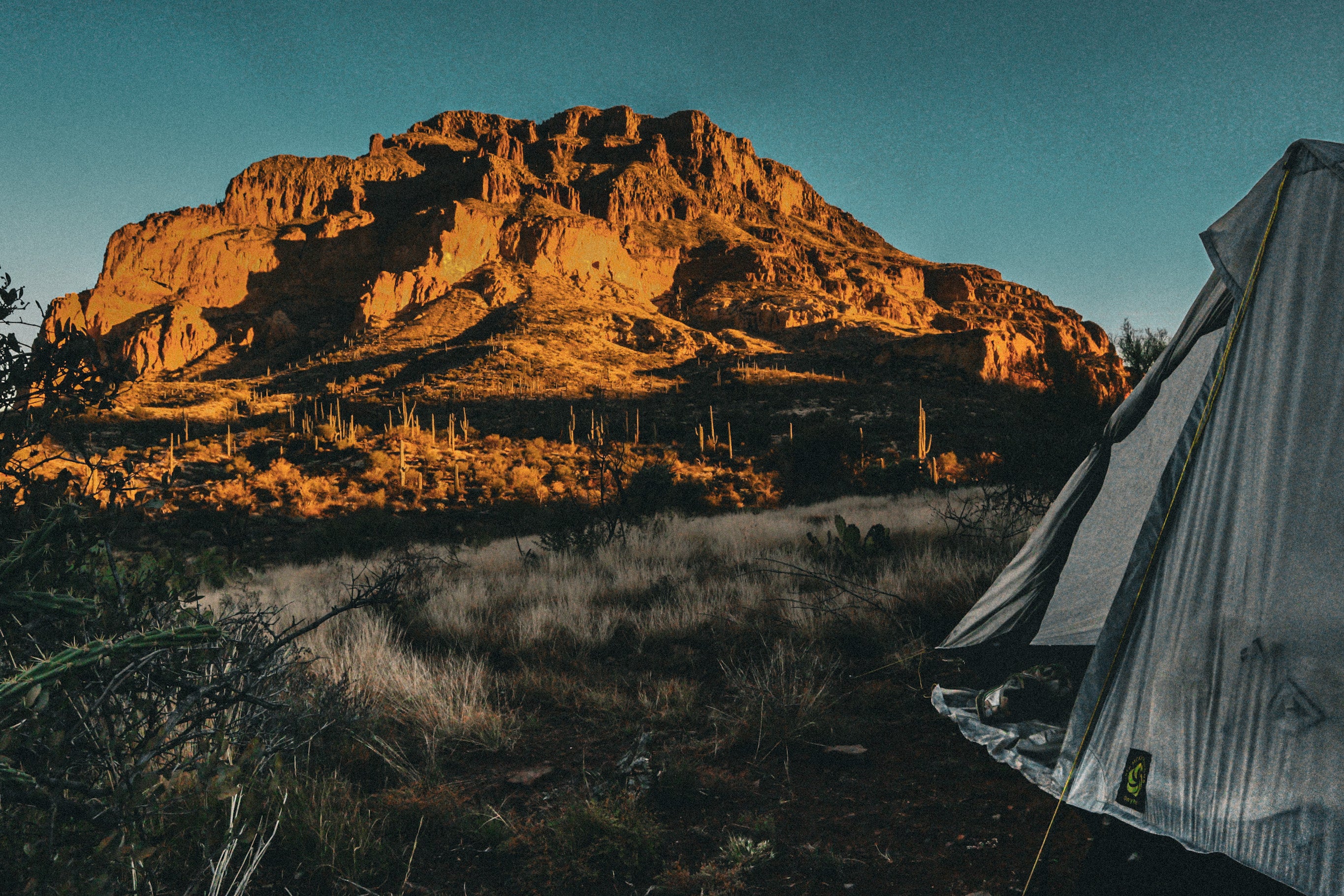
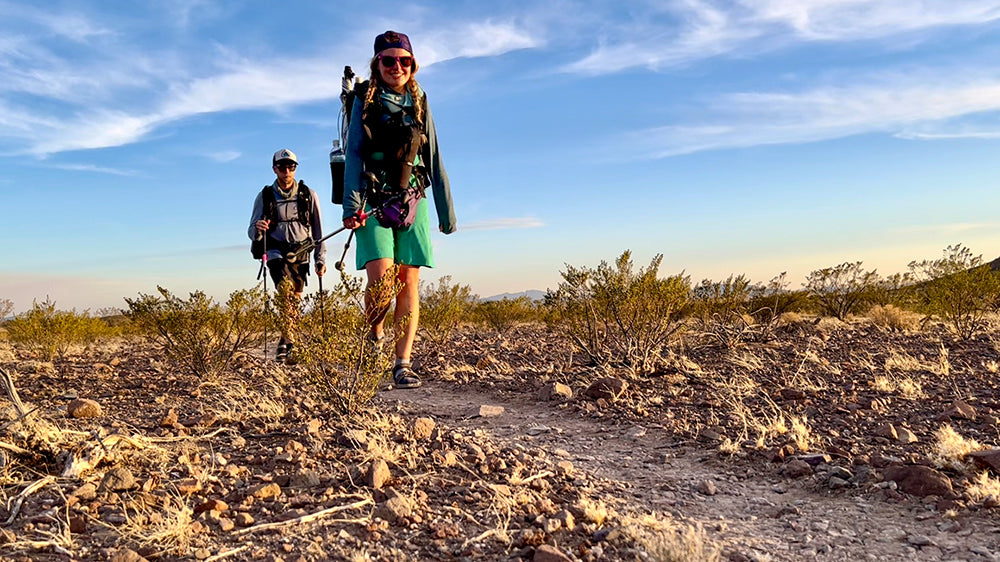
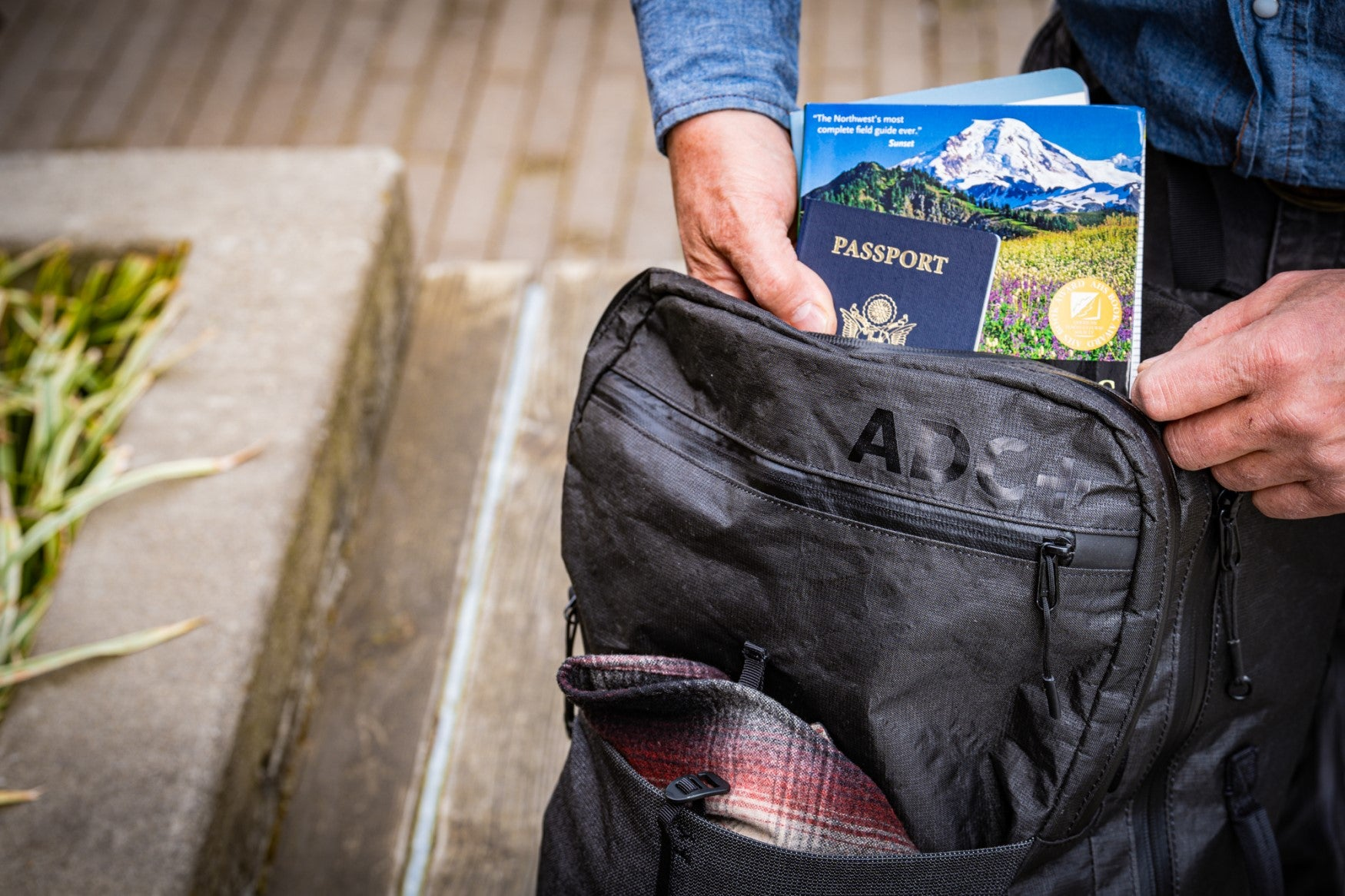
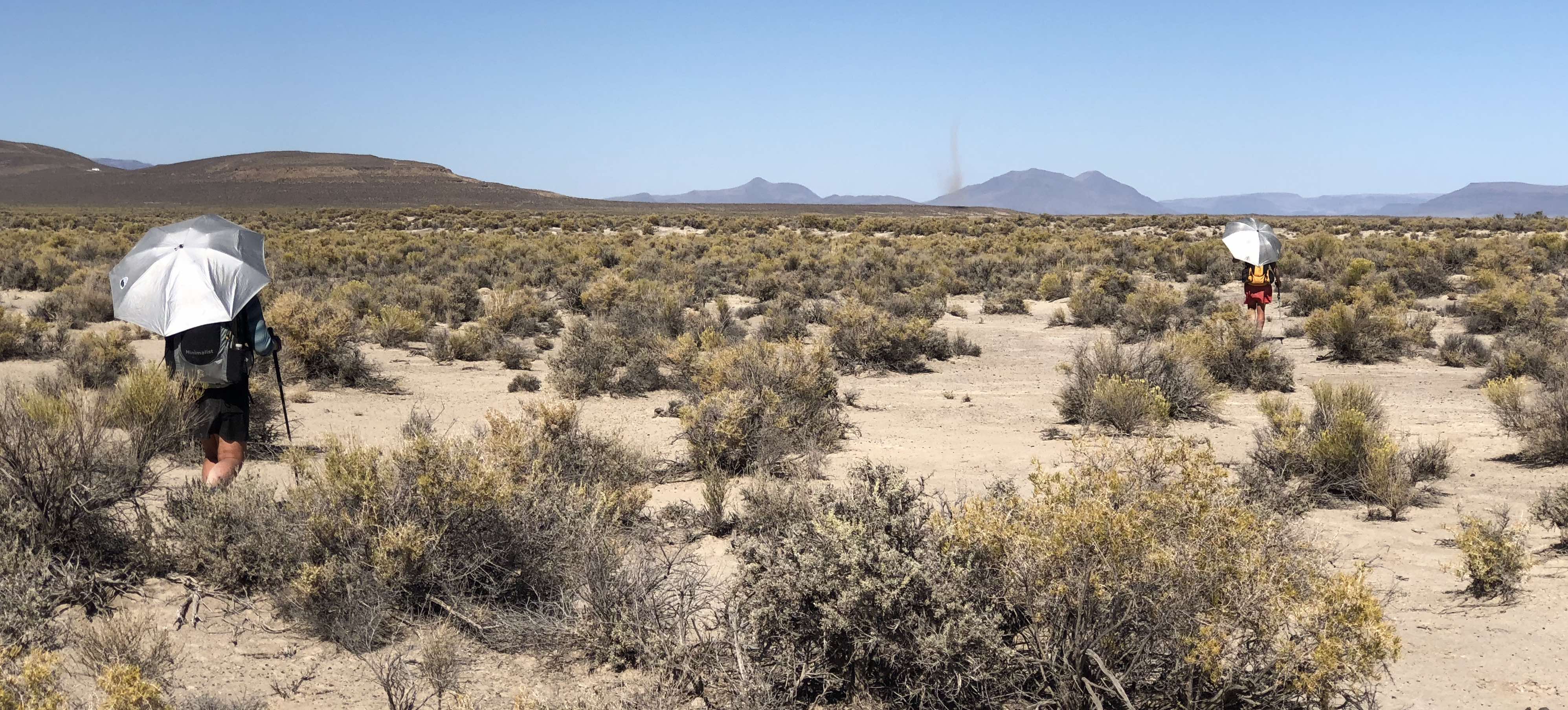
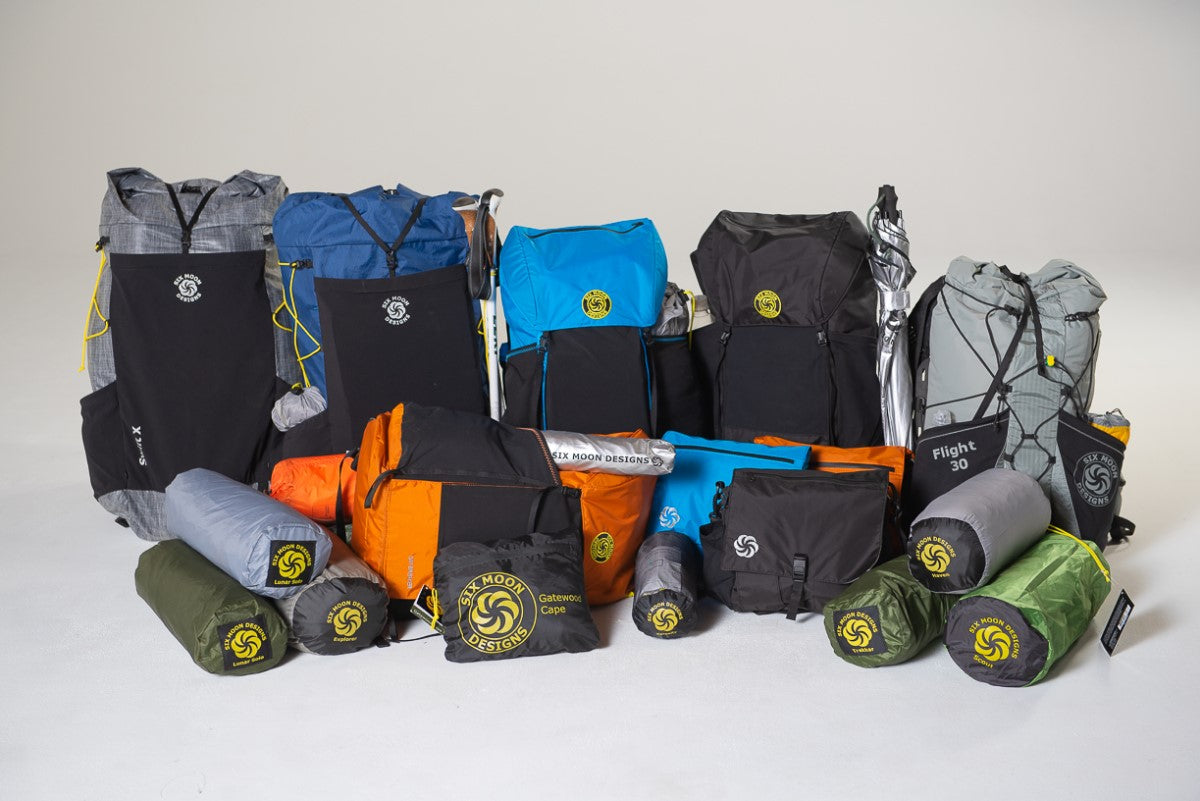
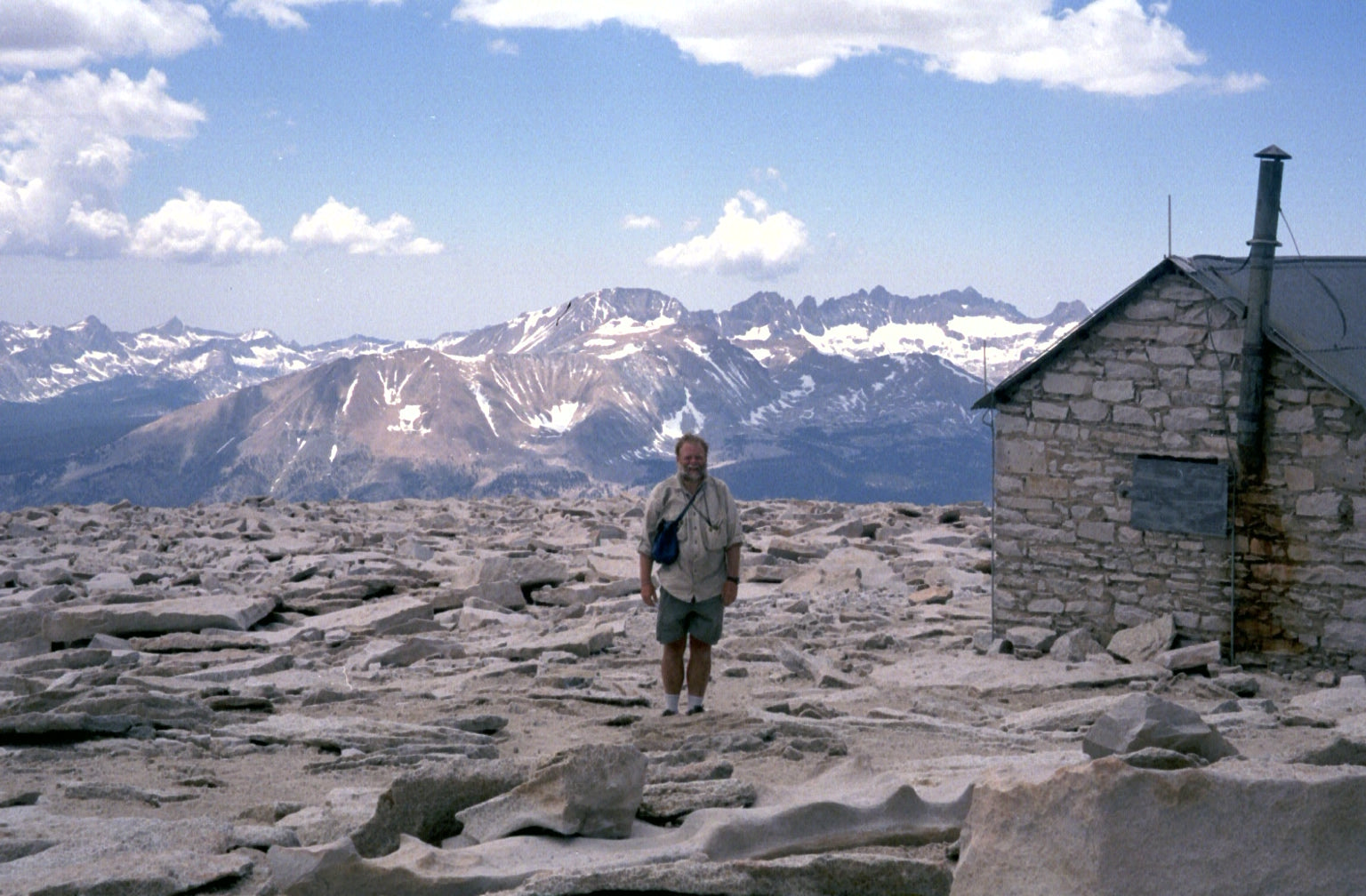

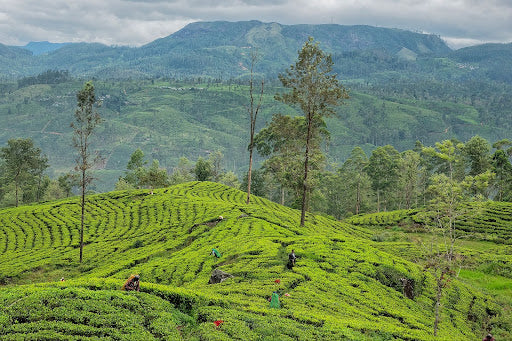
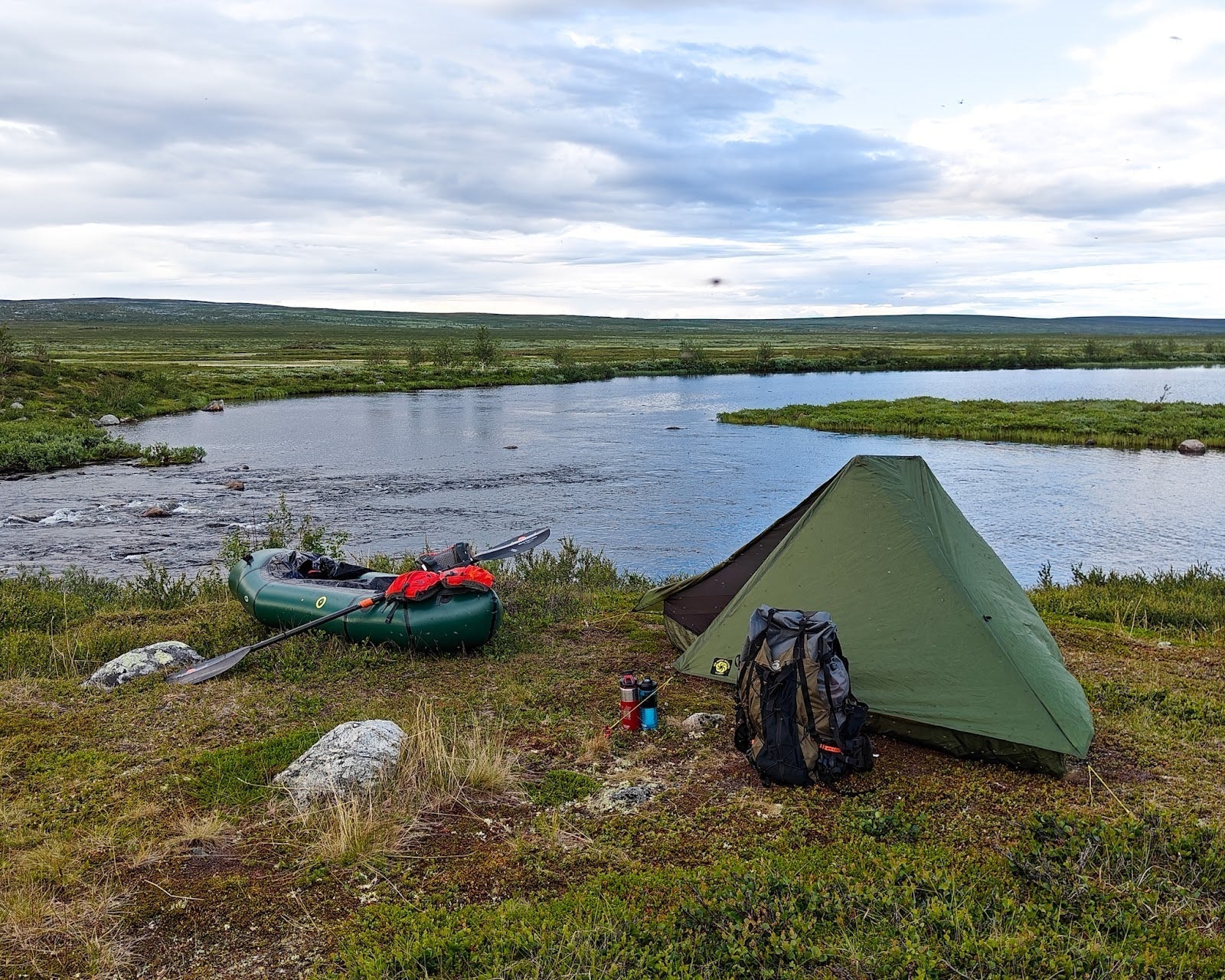
Leave a comment
This site is protected by hCaptcha and the hCaptcha Privacy Policy and Terms of Service apply.